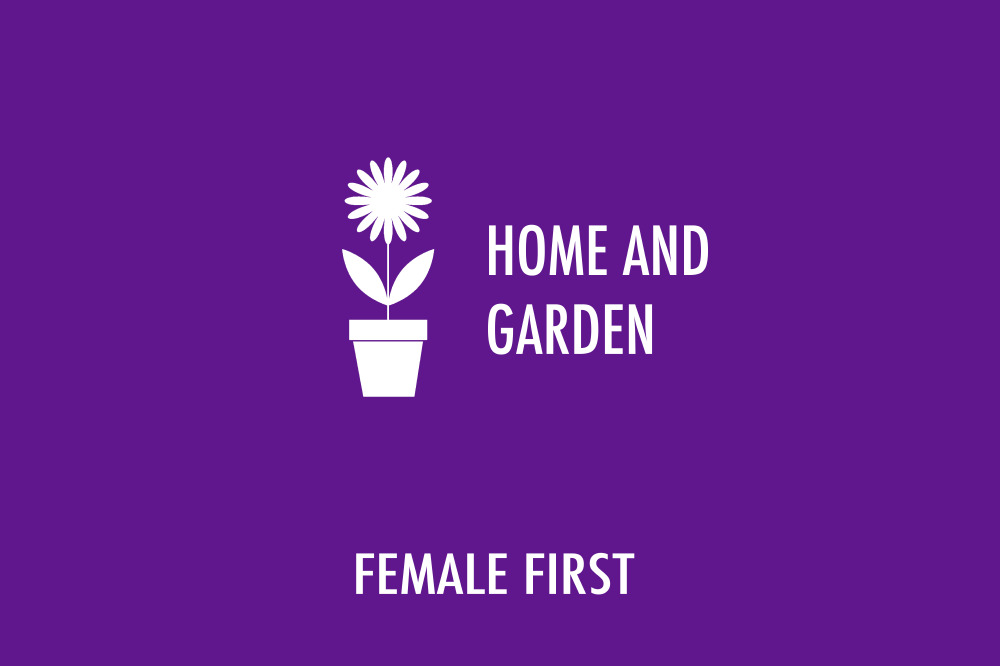Experts at Dobbies Garden Centres share their top tips for the season ahead -

Home and Garden on Female First
Our gardens are valuable habitats for no end of garden wildlife – in fact, many creatures rely on our back yards for their very survival. As temperatures dip, and winter sets in, wildlife needs us even more and we can all do our bit to lend a helping hand.
Just a few simple steps can make a real difference, and you don’t need to spend much time or money to create an impact. From feeding the birds to providing places for animals to hibernate, it’s easy to turn your garden into a winter wildlife haven. Best of all, helping wildlife is a great way to engage children in all that’s good about gardening – kids can get involved with all the projects we’ve outlined here meaning they can have fun while doing their bit.
5 ways to do your bit
- Hedgehogs are valuable garden friends, devouring no end of slugs and garden pests. They hibernate for most of the winter, so give them the habitat they need with a homemade house or by creating piles of leaves and logs. Wrap children up warm, pop on their wellies and let them get stuck in. Provide hedgehogs with a supply of food and water (dog food is ideal) if the winter is mild.
- As temperature dip it’s important to look after garden birds. Cold weather makes food and water scarce so we need to do everything we can to provide our feathered friends with the supplies they need. Put out a variety of foods and make sure they have a source of fresh, unfrozen water. Encourage kids to keep a note of the birds they see, drawing a picture of anything colourful or unusual.
- Garden ponds support all types of garden creatures, so we need to keep an eye on them through the winter months. Clear deluges of fallen leaves to keep the water relatively clear of debris and melt frozen ice with the base of a warm saucepan – this will keep the water oxygenating and help any creatures living beneath the surface. Supervise children carefully near deep water.
- Help bugs and insects by creating hotels and shelters. They are attracted to a variety of materials, including hollow canes and stems, piles of rocks, clusters of leaves and rotting logs. Make a decorative hotel combining all of these elements or create individual habitats in different areas of your garden. Don’t worry if the shelters look a bit unsightly – just put them out of sight in a scruffy area of the garden.
- Put up bird boxes or clean out existing ones ready for the new nesting season. Many birds start looking for a nest site in late winter, so it’s a good idea to tackle this job early. And why not install a nest-cam? Chicks emerging from their eggs and fleeing the nest will delight children.
Check your bonfire
Don’t light your bonfire without checking it for hibernating creatures. Hedgehogs, toads and frogs are all attracted to piles of dry timber, so it’s important to make sure your bonfire is creature-free before striking a match.
Mix it up
There are lots of bird foods to choose from, although it’s important to provide a mix to support as many different species as possible. Put out seed mixes and sunflower seeds to attract blue tits and finches, either in a tube feeder or flat dish. Nyjer seed is really good for bringing in goldfinches. Provide peanuts to satisfy sparrows and woodpeckers, along with a steady supply of fat balls to give all birds a winter energy boost. Scraps of bread and cheese will also go down well.
For more seasonal gardening advice and to find your nearest store, visit Dobbies.com.
Tagged in winter

